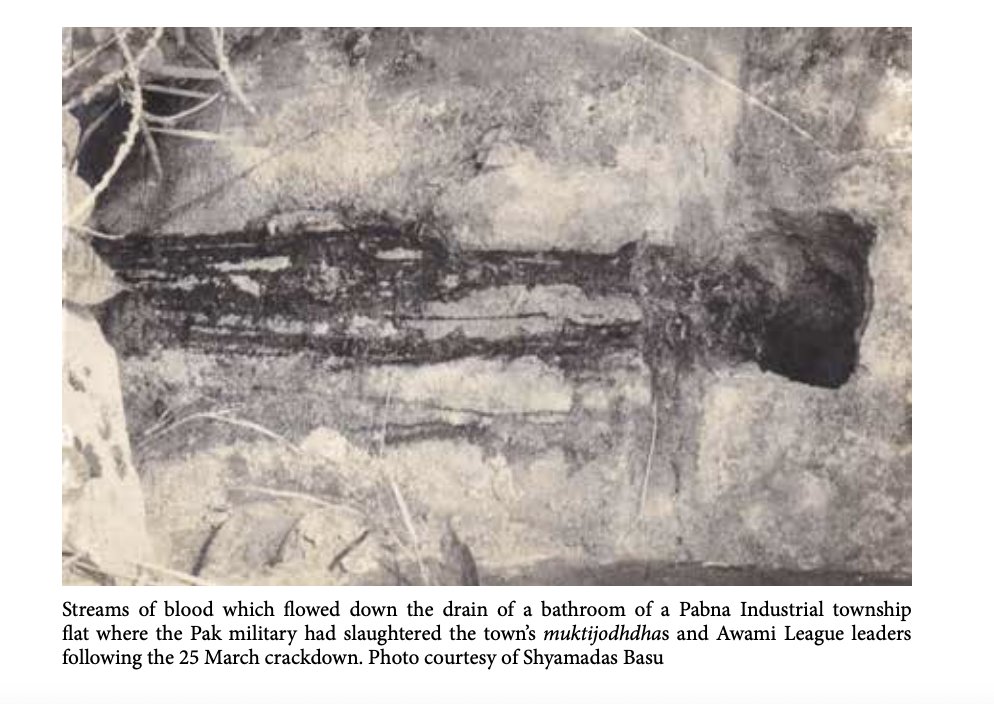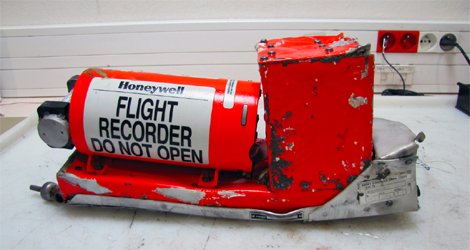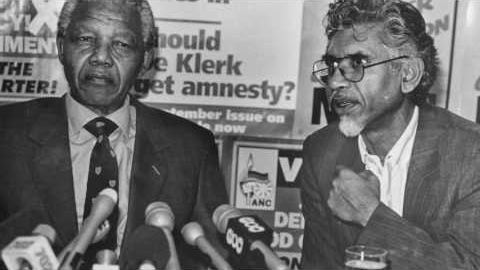Today is Maha Nabami – the final day of the annual Durga Puja worship – before the Goddess returns to her abode in Mt. Kailash on Dashami. Today, we take a look at some of the memorable moments of Durga puja on the silver screen (1/16) 

It is best to start with Satyajit Ray. Ray’s first bow – "Pather Panchali"- has Durga Puja weaved into the plot intricately (2/16) 

After all, who can forget the immortal sight of Apu & Durga running towards the moving train, flanked on all sides by kash flowers that herald the arrival of the festive season (3/16) 

Ray’s 2nd and last Feluda film – "Joy Baba Felunath" - also uses Durga Puja as a plot element as Ray’s sleuth arrives in Benares for Puja vacation and ends up investigating an idol theft at an aristocratic Bengali household in the city (4/16) 

And this particular frame of Feluda asking the idol maker if his work will be completed by Sasthi (day 1 of the Puja), is a most beloved meme for Bengalis everywhere and heralds the coming of the Goddess in its own way (5/16) 
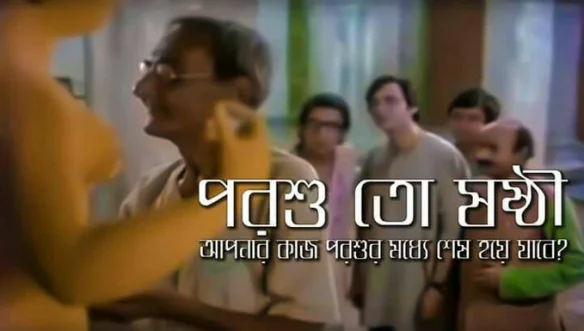
Released in 1960, "Devi" was possibly Ray’s most personal film. It had Sharmila Tagore playing young bride Doyamoyee, believed to be an incarnation of the Goddess by her father-in-law (6/16) 
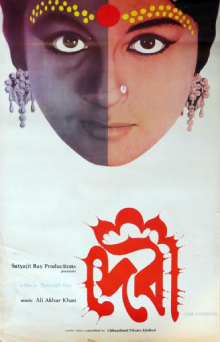
This sets off a generational clash between the traditionalist patriarch and his modernist son (7/16)
Soumitra Chatterjee’s Umaprasad, Doyamoyee’s husband, was in many ways an on-screen representation of Ray – the educated, scientific-minded Bengali - and was also possibly a nod to the Brahmo religious beliefs of the Ray family (8/16)
Sujoy Ghosh’s "Kahaani," starring Vidya Balan, is considered one of the best thrillers in Indian cinema. In the climax of this movie, the Bengali ritual of sindoor-khela by women wearing sarees in red & white is used in a most creative way by the director (9/16)



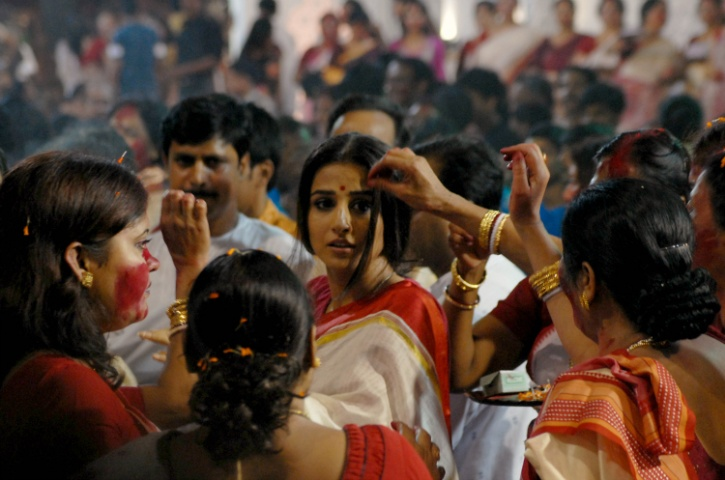
Amitabh Bachchan’s Bengali film, "Anusandhan," released in Hindi as "Barsaat ki ek Raat," was set in Darjeeling and gave us a memorable Durga puja spectacle: that of Big B getting the better of his bête noire Amjad Khan’s Kaliram in a dhaak beating contest (10/16) 

The great Kishore Kumar provided the perfect musical backdrop with his energy-filled rendition of "Kaliram ka phat gaya dhol (Hindi) / Phete gelo Kaliram-er dhol (Bengali)" (11/16)
Rituparno Ghosh’s "Utsab" is set against the backdrop of Durga puja in an old Bengali family which brings together members of the family now spread all over, and explores many facets of human emotions. The film was widely appreciated and received a Golden Lotus award (12/16) 
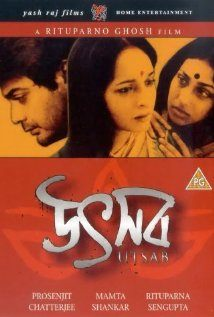
Kaushik Ganguly’s "Bisharjan," starring Abir Chatterjee, Jaya Ehsan and the director himself, juxtaposed the human emotions of bidding goodbye to a loved one with that of saying farewell to Ma Durga on Dashami. The film won the National Award for Best Bengali film (13/16) 
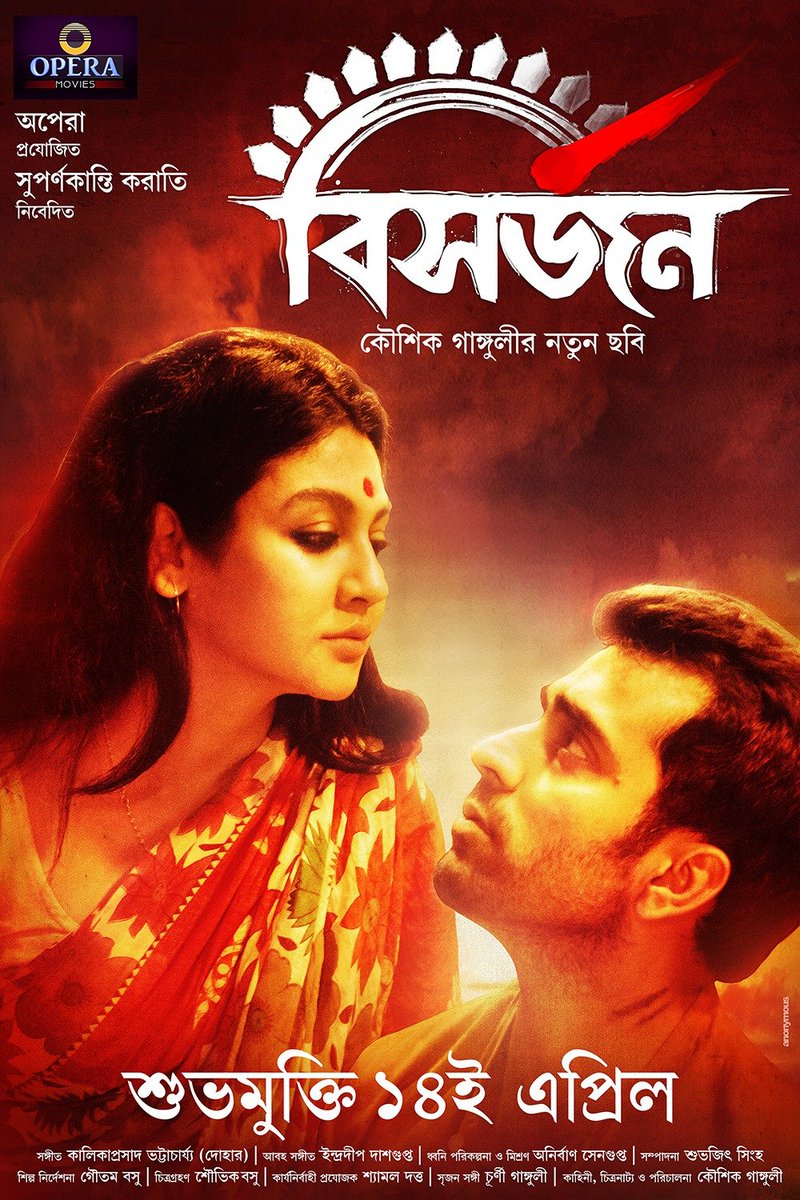
The iconic dance number "Dola Re" in Sanjay Leela Bhansali’s magnum opus "Devdas," featuring Madhuri Dixit and Aishwarya Rai, was part of on-screen Durga Puja festivities (14/16) 
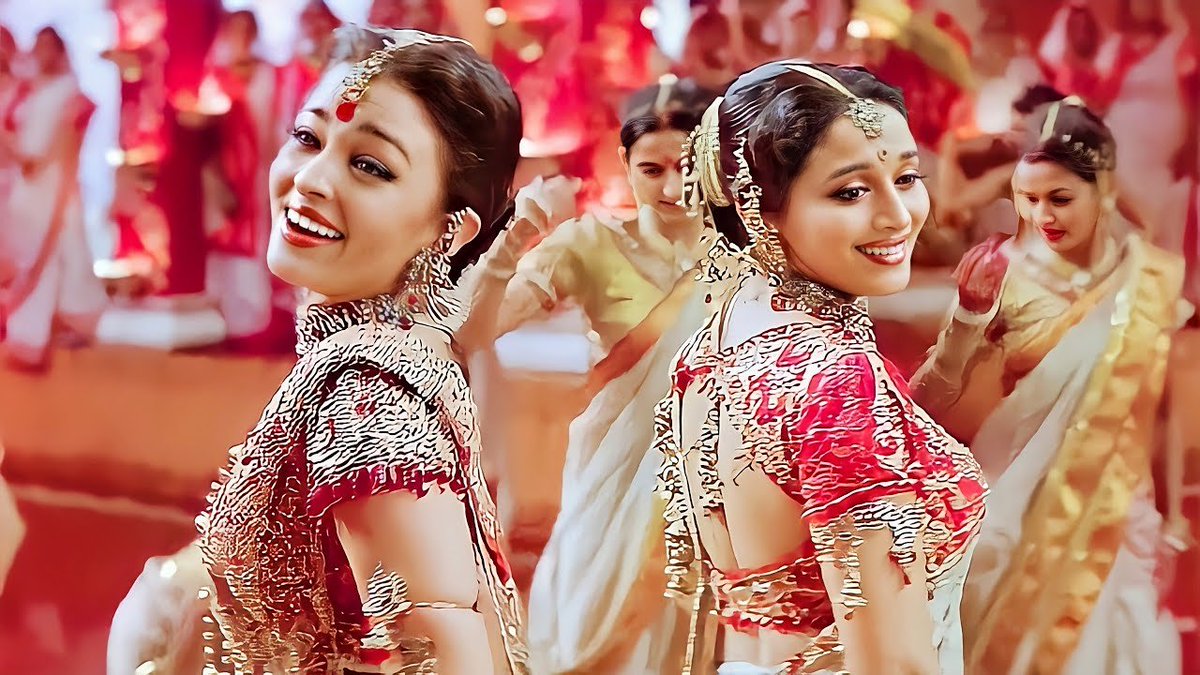
Durga Puja also popped up in Pradeep Sarkar’s "Parineeta," Vikramaditya Motwane’s "Lootera," and more recently in "Brahmastra" and "Rocky aur Rani ki Prem Kahani" (15/16) 

As you celebrate the last day of the festival, do tell us dear readers, your favorite Durga Puja moment in our films (16/16)
Tweet 1: By Subhrajyoti07 - Own work, CC BY-SA 4.0,
Tweet 2: By Likely to be Aurora Film Corporation, the distributor of the film. - , Fair use,
Tweet 3: Screen grab from YouTube video commons.wikimedia.org/w/index.php?cu…
artsoftheearthindia.in/gallery/plog-c…
en.wikipedia.org/w/index.php?cu…
Tweet 2: By Likely to be Aurora Film Corporation, the distributor of the film. - , Fair use,
Tweet 3: Screen grab from YouTube video commons.wikimedia.org/w/index.php?cu…
artsoftheearthindia.in/gallery/plog-c…
en.wikipedia.org/w/index.php?cu…
Tweet 4: By , Fair use,
Tweet 5:
Tweet 6: By , Fair use,
Tweet 9:
By , Fair use,
bongfeed.com/epic-posters-s…
en.wikipedia.org/w/index.php?cu…
antorjatikbangali.wordpress.com/2019/10/02/eig…
artdealauction.com/onlineauction/…
en.wikipedia.org/w/index.php?cu…
impawards.com/intl/india/201…
en.wikipedia.org/w/index.php?cu…
indiatimes.com/entertainment/…
Tweet 5:
Tweet 6: By , Fair use,
Tweet 9:
By , Fair use,
bongfeed.com/epic-posters-s…
en.wikipedia.org/w/index.php?cu…
antorjatikbangali.wordpress.com/2019/10/02/eig…
artdealauction.com/onlineauction/…
en.wikipedia.org/w/index.php?cu…
impawards.com/intl/india/201…
en.wikipedia.org/w/index.php?cu…
indiatimes.com/entertainment/…
Tweet 10: Screen grab from YouTube video
Tweet 12: By Yashraj Films - , Fair use,
Tweet 13:
Tweet 14: Screen grab from YouTube video
ia.media-imdb.com/images/M/MV5BM…
en.wikipedia.org/w/index.php?cu…
imdb.com/title/tt636126…
Tweet 12: By Yashraj Films - , Fair use,
Tweet 13:
Tweet 14: Screen grab from YouTube video
ia.media-imdb.com/images/M/MV5BM…
en.wikipedia.org/w/index.php?cu…
imdb.com/title/tt636126…
Tweet 15: hindustantimes.com/entertainment/…
• • •
Missing some Tweet in this thread? You can try to
force a refresh



